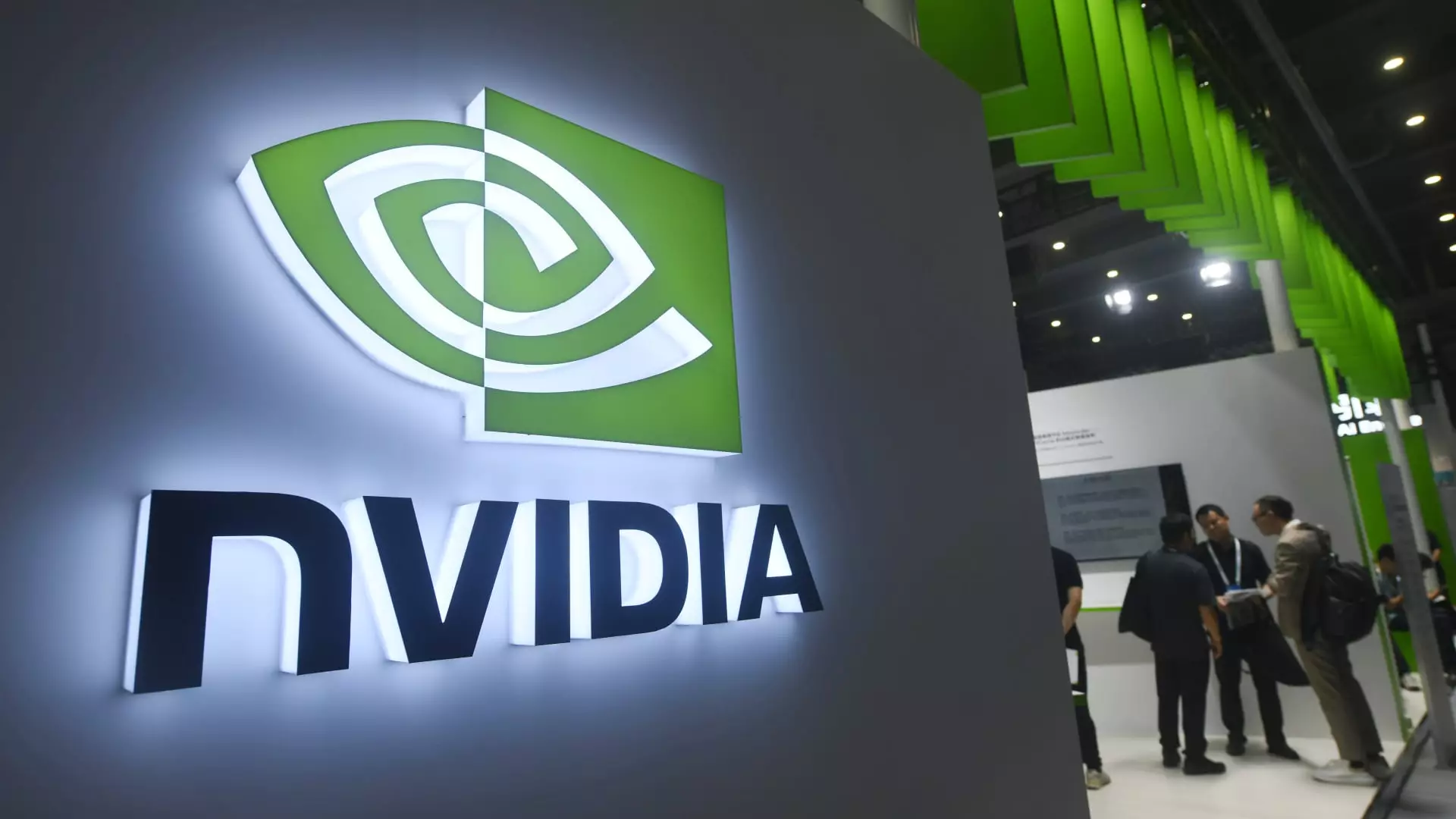The healthcare landscape is on the brink of a revolution as major tech players like Nvidia, Google, and Microsoft gear up for the HLTH conference in Las Vegas. Scheduled to commence this Sunday, this pivotal event is set to attract over 12,000 leaders from the healthcare sector, uniting them around the common goal of advancing healthcare through technology. As the spotlight shines on artificial intelligence (AI), the focus is primarily on tools intended to alleviate the administrative burdens that plague healthcare professionals. With alarming statistics indicating that 100,000 healthcare positions are predicted to go unfilled by 2028, the urgency for innovative solutions has never been greater.
The statistics surrounding administrative workloads are staggering. Medical professionals routinely spend approximately 28 hours each week managing documentation and other clerical tasks. This burden detracts significantly from their ability to engage with patients. As healthcare becomes increasingly complex, the documentation required to coordinate care across different systems and vendors continues to proliferate. This situation not only leads to burnout among existing staff but also contributes to an alarming crisis in staffing, with projections indicating a looming shortage in the workforce.
The current reality highlights the pressing need for robust solutions that can streamline operations, allowing healthcare professionals to reclaim valuable time that can be better spent on patient care. As companies present their innovative approaches at HLTH, one can only hope that these technologies will provide genuine relief for overworked clinicians.
In a bid to tackle this daunting challenge, companies like Google are making significant advancements with their AI tools. The recently announced Vertex AI Search for Healthcare aims to simplify the often cumbersome process of sifting through diverse medical records. By allowing healthcare developers to create tailored applications for quick access to pertinent data, Google’s tool addresses one of the primary pain points in medical documentation. With a hefty 91% of surveyed clinicians expressing positive sentiments toward AI’s role in reducing their clerical workload, the time is ripe for these technologies to gain traction.
In parallel, Microsoft is also making strides in reducing administrative tasks via its suite of tools tailored for the healthcare sector. Their recent developments include automated documentation solutions about to be rolled out for nursing staff, which aim at optimizing their specific workflows. Their existing AI transcription tool, DAX Copilot, has already showcased remarkable potential by translating physician-patient interactions into structured clinical notes, thus relieving doctors from the time-consuming task of manual note-taking.
The emergence of AI scribe tools, such as DAX Copilot developed by Nuance Communications, has generated considerable excitement in the healthcare domain. The buzz surrounding these technologies is not just about efficiency; it’s a transformative approach to clinical documentation that many perceive as revolutionary. Competitors in this space, such as Abridge and Suki, are also set to showcase their innovations at HLTH. The influx of investment into such companies further underscores the market’s confidence in AI scribe solutions—transforming how healthcare workers document and interact with patient data.
Dr. Shiv Rao, CEO of Abridge, aptly highlights the rapid adoption rates seen within the industry, noting an “historic” momentum toward implementing these AI-driven tools to alleviate healthcare professionals’ workloads. This shift, characterized by comfort and eagerness to embrace AI, signifies a collective turning point for an industry long-renowned for its hesitance toward technology.
Nvidia, another key player in the AI arena, aims to empower healthcare professionals with innovative solutions designed to enhance patient care. As highlighted by Kimberly Powell, Nvidia’s VP of healthcare, generative AI can serve as a critical tool to alleviate the workload on healthcare professionals, thus redirecting their focus toward patient engagement. The company’s expanding involvement in healthcare, particularly through strategic partnerships with organizations like Johnson & Johnson, emphasizes a commitment to being at the forefront of this technological evolution.
Nvidia’s hardware, specifically its advanced graphics processing units (GPUs), is instrumental in powering AI applications such as ChatGPT—illustrating the synergistic relationship between generative AI development and practical healthcare applications. As Nvidia continues to carve out its niche in the healthcare market, its monumental growth and success can be attributed to this alignment with transformative technologies.
As the HLTH conference approaches, the convergence of technology and healthcare signifies a potential turning point for an industry in dire need of innovation. The transformative potential of AI to alleviate administrative burdens could ultimately reshape the way healthcare is delivered. With key players committed to addressing the inefficiencies that contribute to clinician burnout and staffing shortages, there’s cautious optimism regarding the future of healthcare operations. The coming days at HLTH will undoubtedly illuminate fast-evolving AI solutions, offering hope for a more efficient and patient-centric healthcare system. As the raw potential of AI continues to unfold in this sector, stakeholders must remain vigilant, ensuring that technology serves as an ally in enhancing, rather than complicating, healthcare delivery.


Leave a Reply